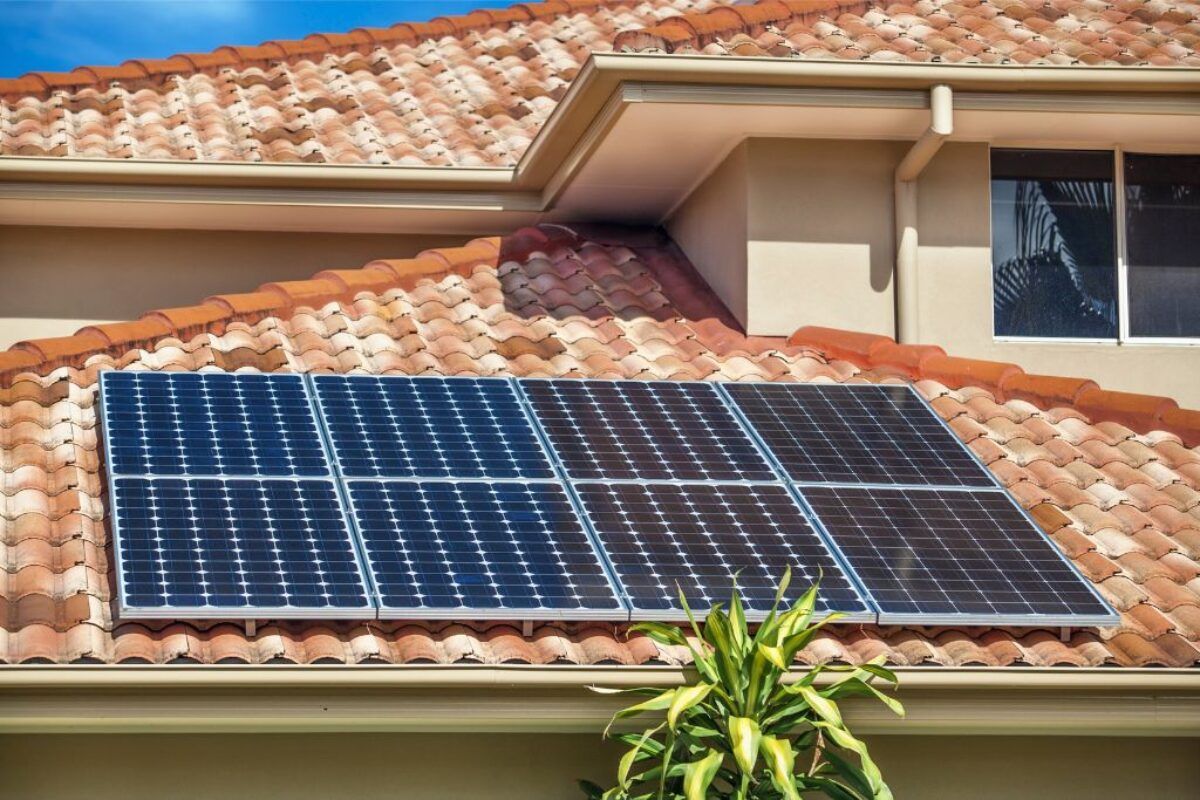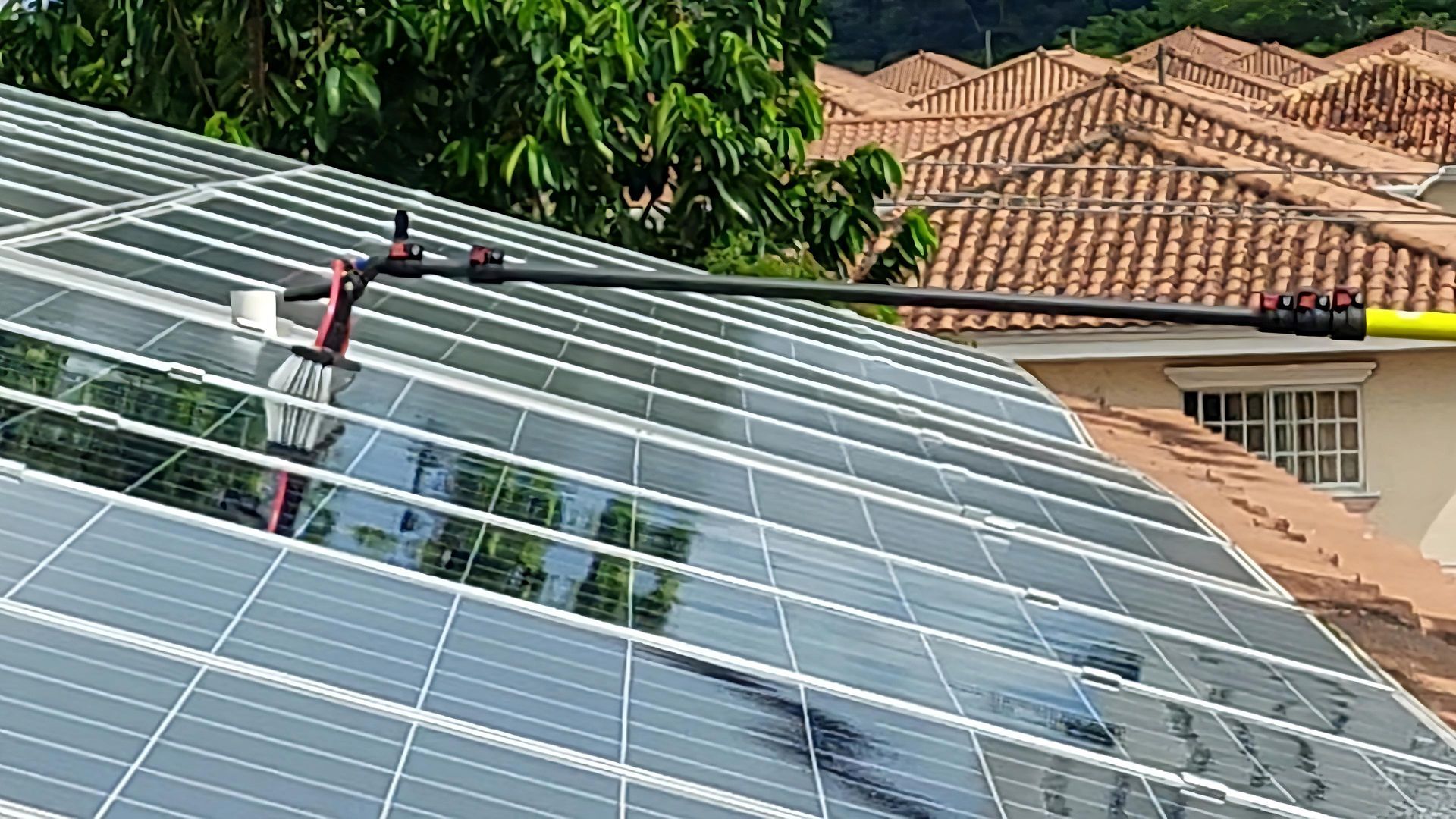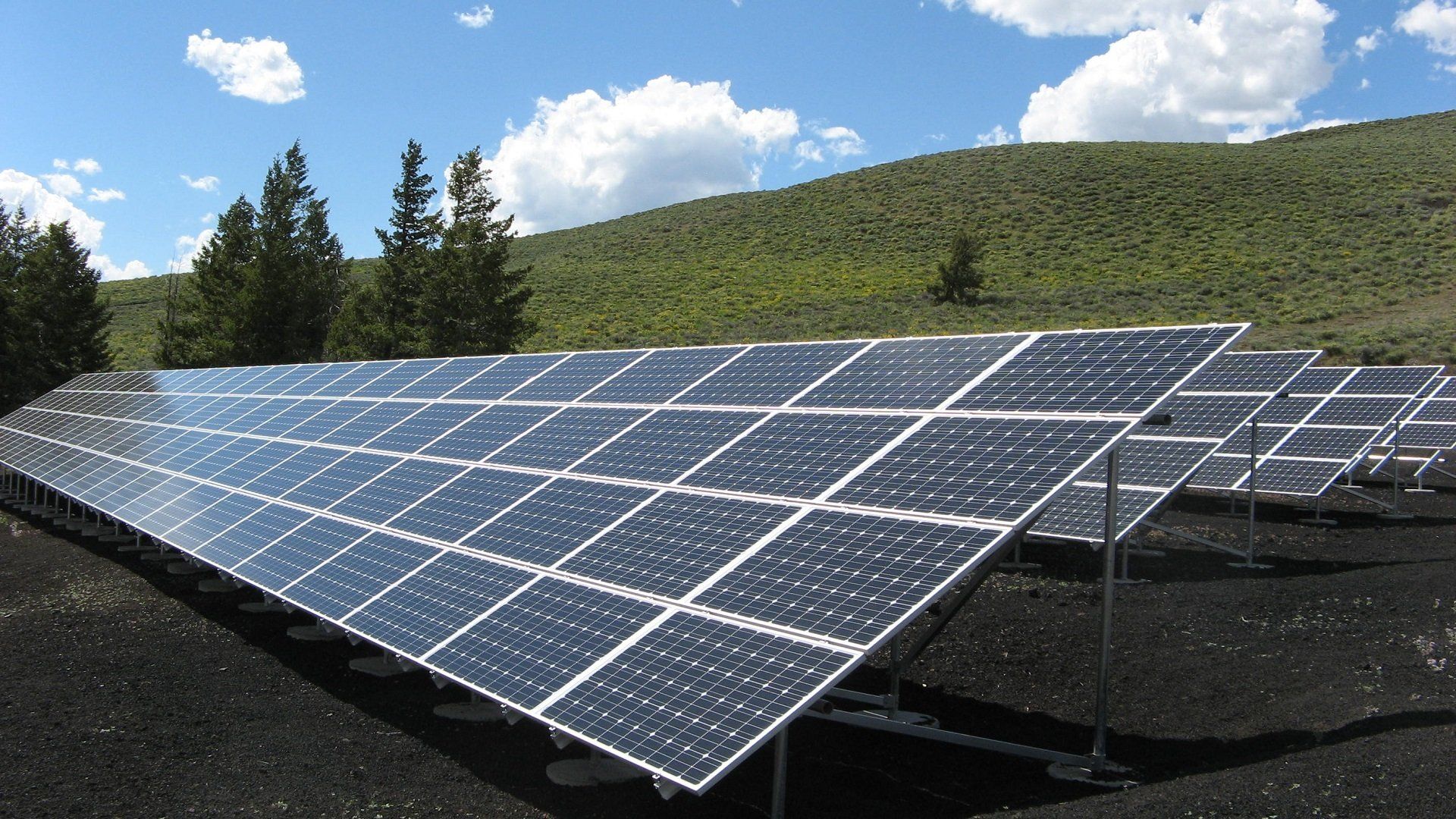10 common myths about renewable energy
Renewable energy has emerged as a crucial player in our transition to a sustainable future. However, as with any transformative technology, it is not immune to misconceptions and myths. In order to fully appreciate the potential of renewable energy sources, it's essential to separate fact from fiction. In this blog, we'll debunk 10 common myths about renewable energy and shed light on the truth behind these misconceptions.
1. Myth: Renewable Energy Is Unreliable
Reality: Advances in technology and grid management have made renewable energy sources incredibly reliable. Solar panels and wind turbines are designed to operate efficiently even in adverse weather conditions. Additionally, advancements in energy storage solutions ensure a consistent power supply.
2. Myth: Renewable Energy Is Too Expensive
Reality: The cost of renewable energy has been steadily decreasing in recent years. In fact, in many regions, it has become cost-competitive with fossil fuels. The long-term savings on energy bills and the potential for government incentives and rebates make renewable energy an economically viable choice.
3. Myth: Renewable Energy Can't Meet Our Energy Needs
Reality: Renewable energy sources have the potential to meet and even exceed our energy demands. With strategic planning, a combination of solar, wind, hydroelectric, and other renewable sources can provide a reliable and sufficient energy supply.
4. Myth: Renewable Energy Is Bad for the Economy
Reality: On the contrary, the renewable energy sector is a significant source of job creation and economic growth. Investments in renewable energy projects stimulate local economies, create skilled jobs in manufacturing and installation, and foster innovation.
5. Myth: Renewable Energy Is Harmful to the Environment
Reality: Renewable energy sources have a significantly lower environmental impact compared to fossil fuels. They produce little to no air pollutants, reduce greenhouse gas emissions, and have minimal water usage, making them a much cleaner and sustainable option.
6. Myth: Renewable Energy Is Only Feasible in Sun-Drenched Areas
Reality: While regions with abundant sunlight and strong winds are particularly conducive to renewable energy, technological advancements have expanded its viability in less sunny or windy areas. Additionally, grid integration and energy storage solutions further enhance the feasibility of renewable energy in various climates.
7. Myth: Renewable Energy Is a Threat to Wildlife
Reality: Properly planned and managed renewable energy projects can coexist harmoniously with wildlife. Measures like bird-friendly designs for wind turbines and wildlife corridors around solar farms can help mitigate potential impacts.
8. Myth: Renewable Energy Is Just a Trend
Reality: The shift towards renewable energy is a fundamental transition in our energy landscape. With increasing awareness of climate change and the need for sustainable energy solutions, renewable energy is here to stay and will continue to play a central role in our energy future.
9. Myth: Renewable Energy Is Too Complicated for the Average Person to Understand
Reality: While the technology behind renewable energy systems is complex, its benefits and how it functions on a basic level can be easily understood. Moreover, the installation and maintenance of renewable energy systems are carried out by trained professionals, making it accessible to homeowners and businesses alike.
10. Myth: Renewable Energy Can't Replace Fossil Fuels Entirely
Reality: While the transition may take time, renewable energy has the potential to completely replace fossil fuels as our primary source of energy. With ongoing advancements in technology and growing investments in renewable infrastructure, a future powered entirely by clean energy is within reach.
In conclusion, dispelling these myths about renewable energy is crucial in understanding its immense potential to revolutionize our energy systems. As we continue to invest in and adopt clean, sustainable energy solutions, we move one step closer to a greener, more sustainable future for generations to come.








